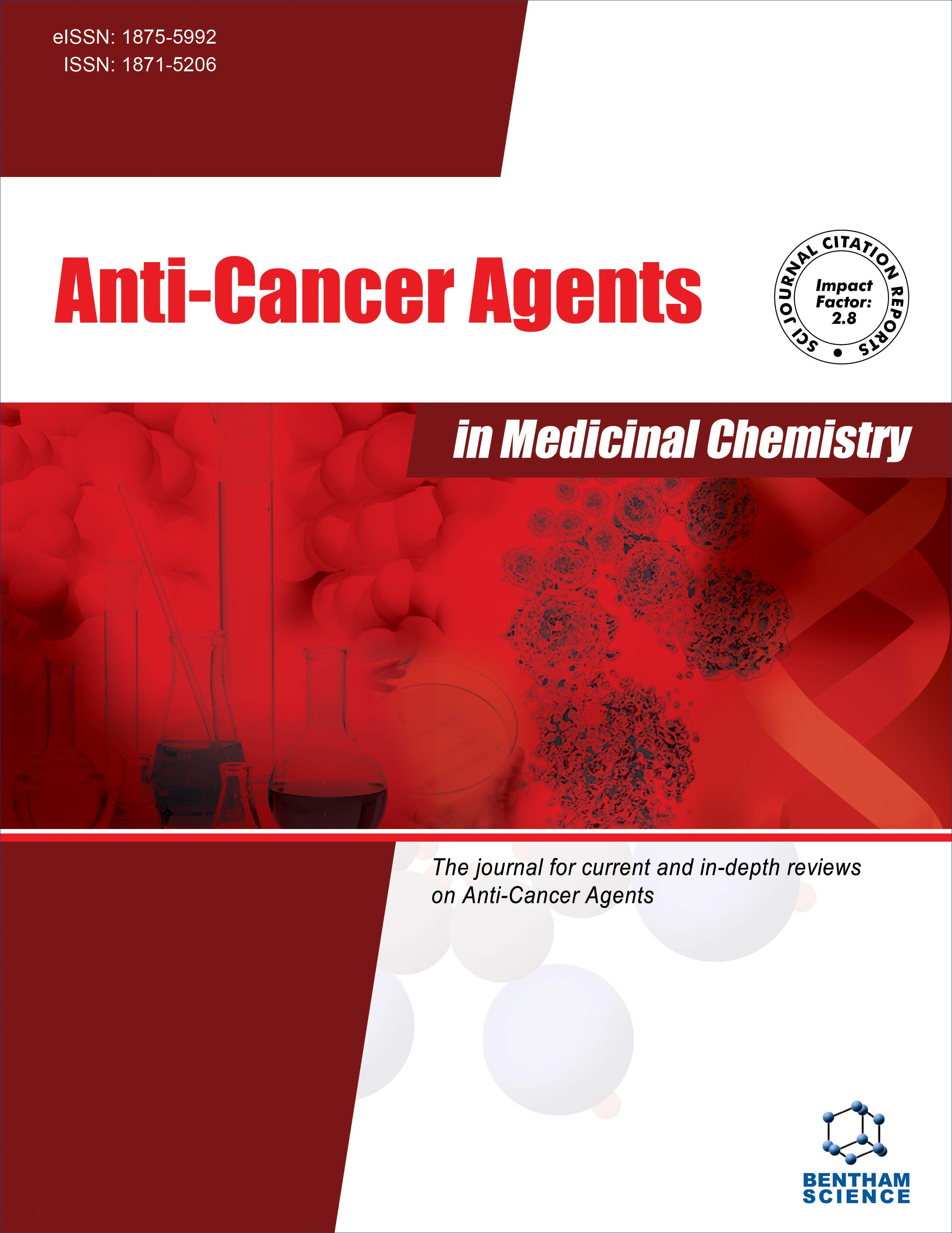
Full text loading...
One of the many reasons for cancer treatment failure and recurrence is acquired Multidrug Resistance (MDR). Overcoming cancer drug resistance has been the focus of researchers' studies. Cellular prion protein (PrPC) is a glycophosphatidylinositol-anchored cell-surface glycoprotein that has been implicated in tumor behavior, including proliferation, apoptosis, invasion, metastasis, and chemoresistance.
Lupiwighteone (Lup), a natural isoflavone found in the root of Glycyrrhiza glabra, has anticancer activity against prostate cancer cells, neuroblastoma cells, and human breast cancer cells. However, its pharmacological effects and mechanisms in drug-resistant cancer cells have not been reported. In this study, we used an adriamycin-resistant leukemia K562 cell model, and for the first time, we investigated the reversal effect of Lup on its MDR and the potential mechanism.
The results indicated that Lup could induce apoptosis through the mitochondrial pathway while upregulating the expression of related apoptotic proteins, such as Bax, Cyto C, Caspase-3, and PARP1. Autophagy is commonly recognized as a protective mechanism that mediates MDR during treatment. We found that Lup induced cellular autophagy while upregulating the expression of related autophagy proteins such as Beclin 1 and LC3 II.
In addition, when Lup was combined with adriamycin, Lup decreased the IC50 of K562/ADR cells; moreover, Lup can downregulate the expression of drug-resistant proteins, suggesting that Lup can reverse drug resistance. Further studies have shown that Lup can downregulate the expression of PrPC-PI3K-Akt axis proteins and PrPC-Oct4 axis proteins. This study demonstrated that Lup has the potential to inhibit the proliferation of K562/ADR cells by targeting PrPC, and further study of the signaling pathway associated with PrPC may provide the experimental basis for the treatment of drug-resistant leukemia.

Article metrics loading...

Full text loading...
References


Data & Media loading...

